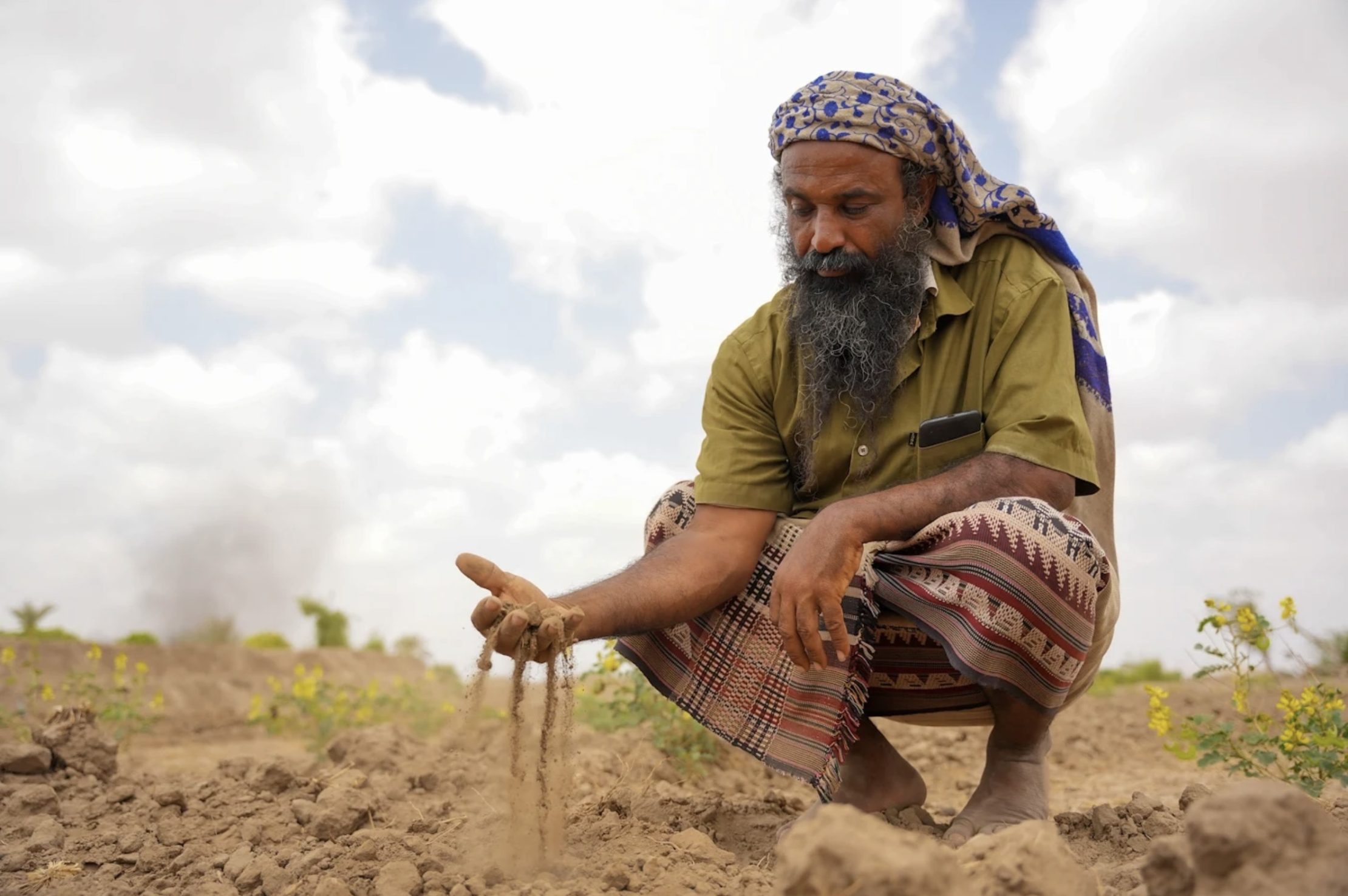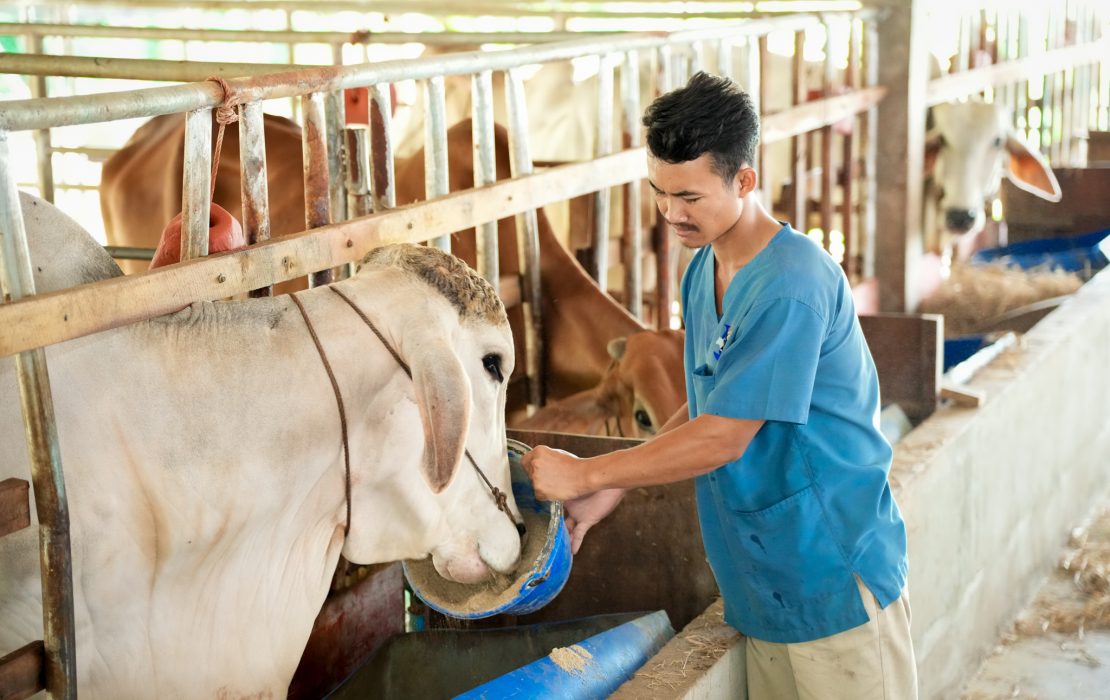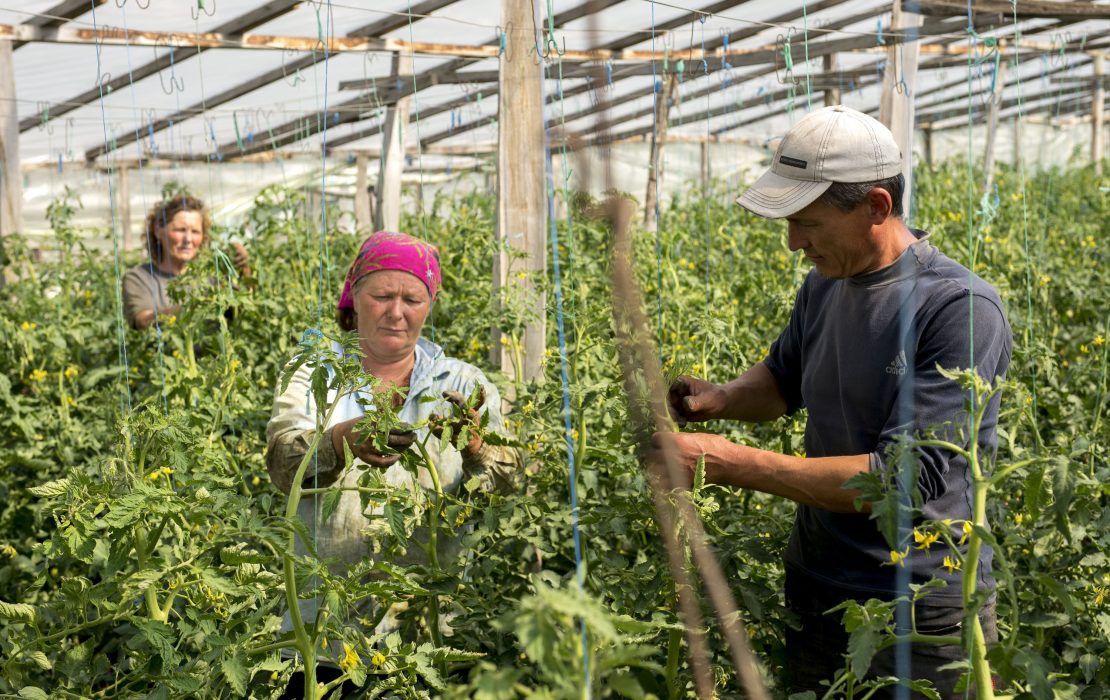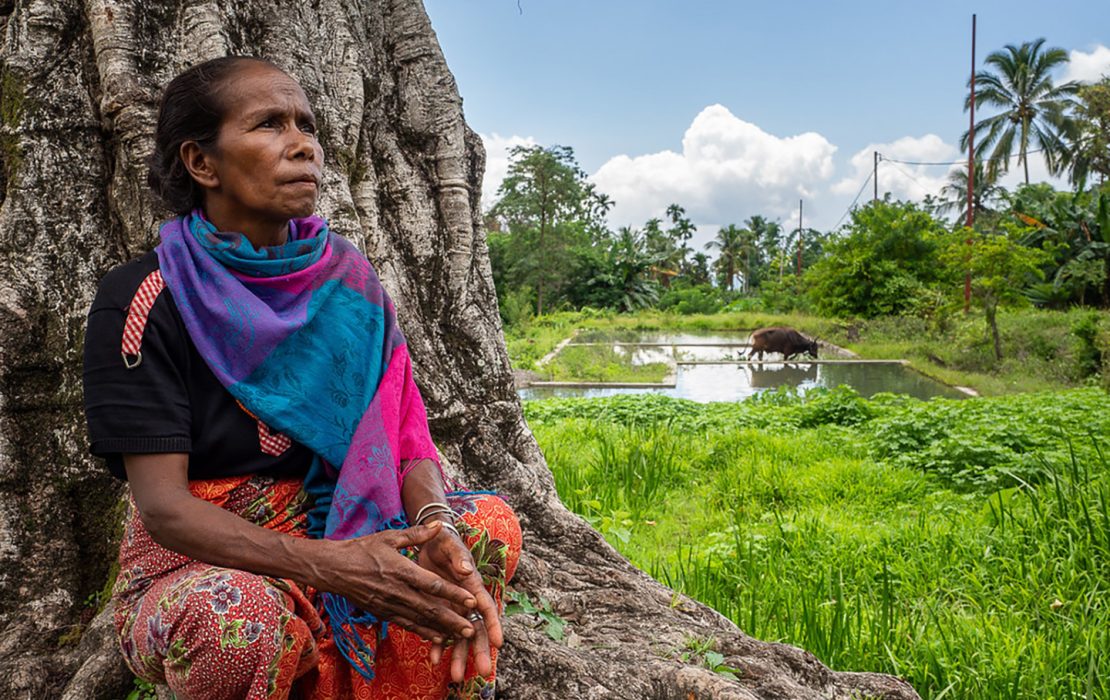
Economic crises and climate change are casting their shadow over agriculture in Yemen's Al-Majhafah District. Photo: UNDP Yemen
As climate impacts intensify, the demand for stronger, smarter adaptation is growing faster than ever. Yet one fundamental question looms large: who will pay for it, and how?
The cost of adapting to climate change impacts is increasing. By 2035, adaptation finance needs in developing countries are projected to be over US$310 billion per year – 12 times as much as current international public adaptation finance flows. This gap isn’t just a number; it reflects deep inequities.
A key question at COP30 will be how to bridge this gap. We know it won’t be closed overnight. That’s why it’s just as important to use existing resources wisely as it is to raise new ones. In the meantime, both global and national systems that deliver adaptation finance must keep evolving to ensure that every investment delivers maximum impact, measured in real resilience on the ground.
To make that evolution possible, four key elements are essential: strong national institutions, fast and predictable international climate finance flows, a diverse suite of instruments tailored to adaptation, and robust systems for tracking results and learning at scale.
1. Strong national institutions
Put simply, strong national institutions form the bedrock of an effective adaptation finance architecture. When governments have the capacity to plan, coordinate and invest strategically, adaptation measures are more likely to be sustained, scaled up and aligned with national development priorities.
One of the clearest signs of strong institutional capacity is coherence across planning processes. National Adaptation Plans (NAPs) and Nationally Determined Contributions (NDCs) are most effective not when they sit on separate policy tracks, but when they shape core economic planning and public investment decisions.
UNDP supports countries in planning and implementing these processes. We have seen them clarify institutional roles and responsibilities, strengthen collaboration across ministries, and embed climate resilience into investment and budgeting.
These institutional foundations matter. Where they are strong, adaptation finance translates more directly into resilient agriculture systems, climate-smart infrastructure and stronger social protection programmes. Recent developments that increasingly channel international climate finance through national institutions are also an encouraging sign.
For example, in Moldova, a national adaptation monitoring and evaluation framework – overseen by the National Commission on Climate Change – is helping integrate climate priorities into sectoral planning and align national and local development plans with long-term climate resilient goals. This has improved coordination and strengthened accountability across institutions.
Meanwhile, in Fiji, the government has strengthened its procedures for designing, implementing and monitoring rural infrastructure, while pairing international climate finance with domestic budgets to deploy funds more strategically and at scale.
2. Fast and predictable international climate finance flows
Over the past decade, global investments by public and private actors in reducing greenhouse gas emissions and strengthening resilience have increased more than five-fold, reflecting higher ambition and growing recognition of the costs of inaction.
During this time, the role of public finance in adaptation has also evolved. A decade ago, in the lead-up to the Paris Agreement in 2015, adaptation finance was largely viewed as the domain of international public funds, particularly grant-based mechanisms. Today, grant finance is increasingly regarded as a catalytic instrument — one that should, where possible, be used to de-risk investments, enhance bankability, and mobilize private and quasi-public capital at scale.
Despite this shift in thinking, the way international public climate finance is delivered to vulnerable countries remains largely unchanged in two critical dimensions: speed and predictability. Many countries still spend years preparing funding proposals, while the additional finance such projects are meant to unlock often operates on far shorter timelines. In today’s international climate finance architecture, countries invest significant time and money in designing projects, which takes time away from implementing adaptation solutions. The result is a process that stifles the very innovation and flexibility that effective adaptation demands.
Improving the speed and predictability of climate finance is not merely a technical adjustment – it is fundamental to maintaining the credibility of international cooperation and sustaining the confidence of developing countries to engage in co-financing, project preparation and policy reforms. Conversely, when finance is slow or uncertain, opportunities are lost and resilience gains remain fragmented. A recent report by the G20 Sustainable Finance Working Group echoes this call for faster and more predictable climate finance.

Through coastal adaptation interventions, UNDP supports Tuvalu to reduce its vulnerability to the adverse impacts of flooding, shoreline erosion and rising sea levels. Photo: TCAP / UNDP

The UNDP-FAO SCALA programme is supporting governments to engage agribusinesses and financial institutions in developing investment-ready adaptation projects. Photo: FAO Cambodia
3. A suite of financial instruments tailored to adaptation
Adaptation requires a diverse set of financial instruments that can respond to different types of risks, sectors and community needs. In recent years, countries and development partners have begun to expand the tools available – from resilience bonds and climate-resilient debt clauses to blended finance structures that draw in private capital. These instruments can be powerful, but only when countries have the systems in place to put them to work.
The Coalition of Finance Ministers for Climate Action has recognized both the potential of these instruments and the importance of national regulatory frameworks that enable their deployment.
Grants continue to play a vital role. Many adaptation measures – such as coastal protection and ecosystem restoration – do not generate direct financial returns and therefore cannot attract private investment alone. In these cases, concessional public finance remains essential. However, grants can also be used strategically to de-risk projects, strengthen institutions and mobilize private and quasi-public investment where commercial viability exists.
To support countries in this shift, many tools and frameworks are emerging.
UNDP’s forthcoming Adaptation Finance Strategy Guidelines are designed to help governments to map adaptation needs and available resources, and to identify entry points for investment across the public and private sectors.
The G7 Adaptation Accelerator Hub (AAH), led by Italy, is helping vulnerable countries apply this approach in practice, identifying investment-ready adaptation priorities, building bankable project pipelines and structuring finance partnerships that bring public and private capital together in a coordinated way. Support through the AAH will be aligned with other existing mechanisms pursuing similar objectives, including the Country Platforms for Climate Action and the Asian Development Bank’s Climate Adaptation Investment Planning initiative.
Countries are also acting on this. In Cambodia and Côte d’Ivoire, for instance, governments are engaging with agribusinesses and financial institutions to invest in climate-resilient value chains. Public finance is being used strategically to reduce risk and improve returns, helping mobilize private capital for adaptation at a scale that would not have otherwise been possible.
The task ahead is to systematize these approaches, building country capacities and regulatory frameworks so that countries can deploy blended finance and other instruments consistently, rather than on a project-by-project basis.
4. Robust systems for tracking results and learning at scale
For adaptation finance to deliver meaningful and lasting resilience, countries need systems that can track results and use evidence to inform decisions. Monitoring and evaluation should not be treated as compliance exercises, but as tools that help governments understand which measures work, where vulnerabilities persist and how resources can be better allocated.
The Enhanced Transparency Framework (ETF) under the Paris Agreement and the Global Goal on Adaptation (GGA) are accelerating the move toward more consistent reporting. But progress ultimately depends on national systems that can gather, analyze and apply data across sectors and levels of government.
Across many countries, efforts are underway to build this capacity. In Ecuador, a national climate change adaptation platform centralizes data and tools for policy action. Uruguay is using a national system to monitor resilience measures at the municipal level. In Viet Nam, hazard and vulnerability information, along with adaptation responses is being mapped to guide planning and investment choices.
Additionally, UNDP is helping countries build and harmonize their monitoring, evaluation, and learning (MEL) systems so that data on adaptation results can feed directly into national finance and planning systems and strengthening accountability and scaling what is working.
Importantly, monitoring and evaluation systems are most powerful when they feed directly into planning and budgeting and learning.
These systems are more than compliance tools. By improving the visibility of where adaptation money goes and what it achieves, they build confidence among domestic and international finance partners. They also support learning around which interventions are working. Through them, countries can identify gaps, scale up successful initiatives and make a stronger case for future investment.
As adaptation finance grows, the ability to report transparently, learn continuously and adjust course will be essential to ensuring that every investment contributes to real resilience on the ground.

UNDP is helping countries such as Ecuador and Viet Nam strengthen transparency and monitoring systems to track adaptation progress. Photo: UNDP Ecuador

Moldova’s National Adaptation Plan, supported by UNDP, established a national monitoring and evaluation framework that tracks adaptation progress, integrates climate priorities into sectoral planning and ensures transparency and accountability in decision making. Photo: FAO
What must happen next
The next phase of global adaptation finance must ensure resources flow faster, reach further and build lasting resilience. This means not increasing the volume and quality of finance, supporting more flexibility and simplifying access. It also means that we need to strengthen the systems that make finance effective: institutions that can plan and coordinate, financial mechanisms that can mobilize diverse sources of capital, and monitoring frameworks that generate clear evidence of progress.
As the world looks to COP30 in Brazil and beyond, the measure of progress will not be the scale of new pledges alone, but whether finance systems are becoming faster, more predictable and better aligned with national priorities.
The real test is whether adaptation finance delivers where it is needed most – in coastal villages, on drought-stricken farms and in vulnerable communities living with the daily realities of climate change.





